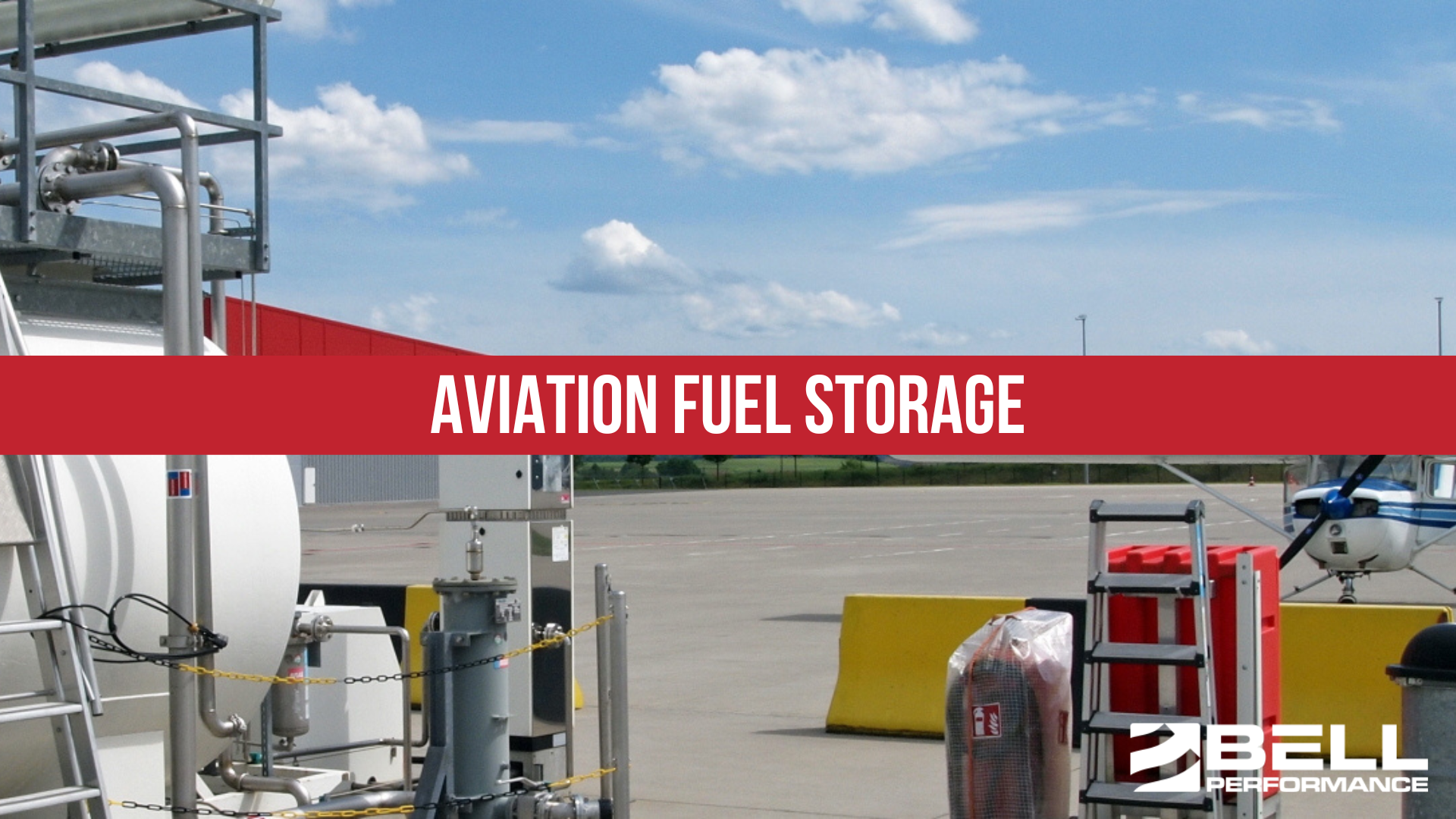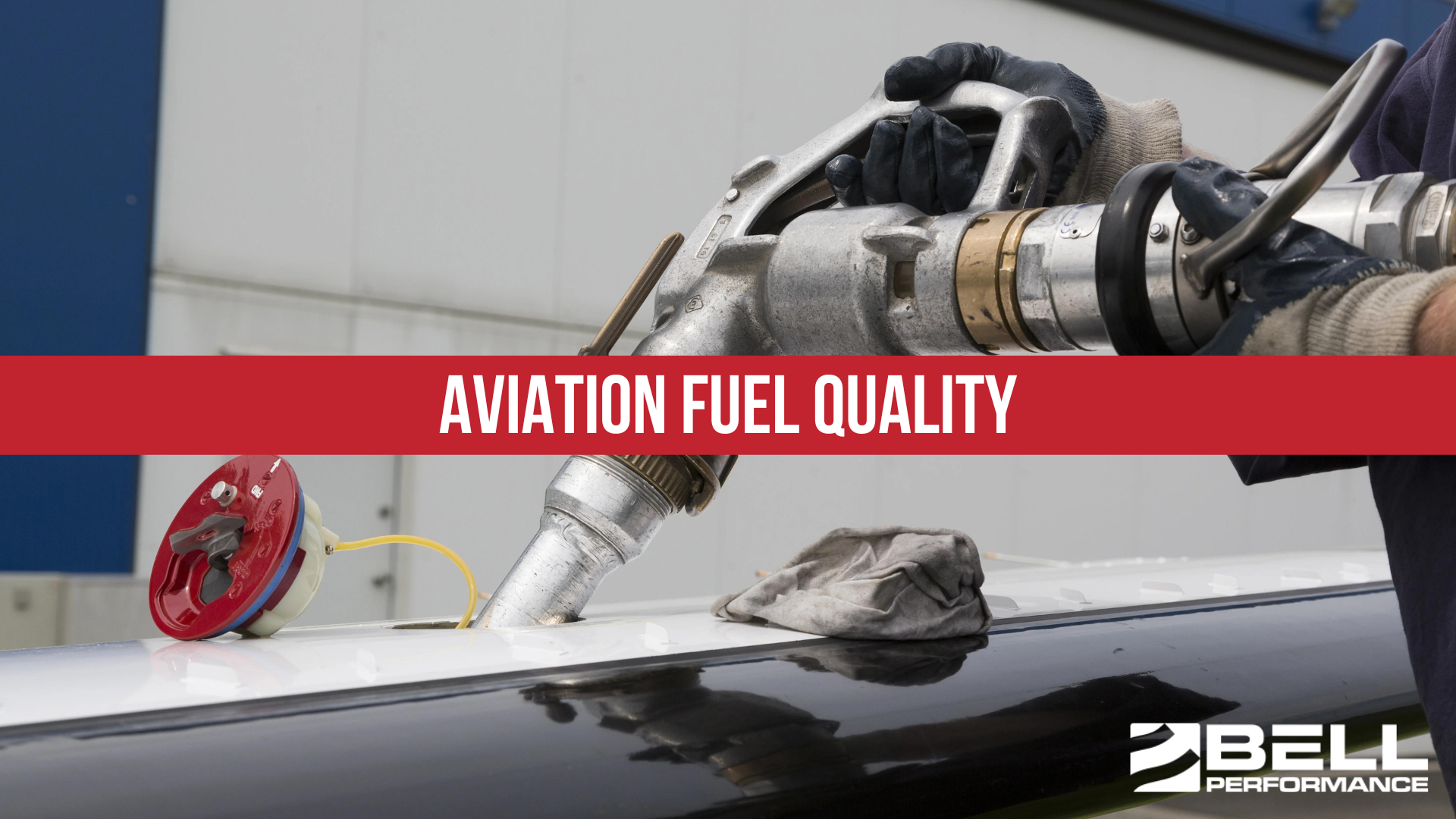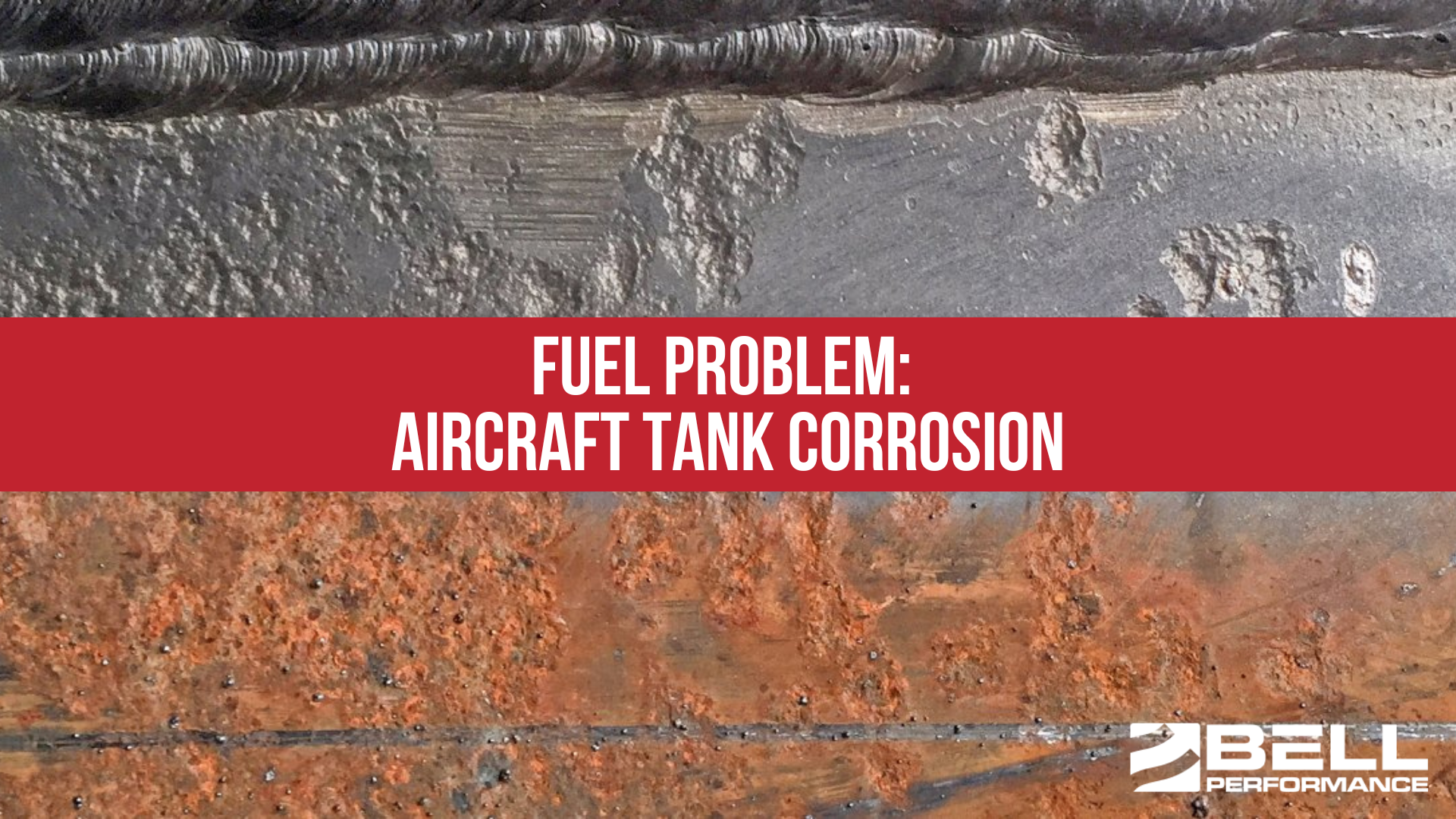Aviation Fuel Quality
When talking about aviation fuel quality, it's impossible to have a full discussion without dealing water and microbial growth.

Microbiological contamination of aviation fuel is a serious issue that the aviation industry is just now coming to terms with. Not only can it compromise the quality of the fuel, it can seriously damage tanks and systems - especially if it’s left unchecked for long enough that MIC (microbially influenced corrosion) develops.

The best practices for keeping stored aviation fuel healthy intersect with many of the recommendations for preserving over-the-road fuel, but with a handful of key exceptions. Monitoring water levels and removal of free water are universal recommendations for all kinds of stored fuel, aviation or not. In normal, non-aviation settings, you could fix those kind of problems with the use of certain chemical and mechanical process (like removing water and using a water scavenger). But the options for administering certain kinds of fuel preservation treatments are a lot more limited for aviation fuel.
Precisely because of the limited options to solve microbial growth in aviation fuel, microbial testing of stored aviation fuel becomes a higher priority. Typically, once a microbial problem is detected in an aviation storage tank by simple observation, the microbial population is likely well established enough to require expensive remediation efforts - especially when the normal first option in the regiment, biocide, has such few options in aviation. Microbial monitoring through testing is the only way to head off microbial problems early enough that they are caught before the fix becomes really expensive.
The most important thing is to monitor microbial populations in aviation storage tanks, giving you the ability to take action before they increase to the point where biomass and corrosion damage develop. This is one of the value propositions of ATP-By-Filtration testing. It delivers accurate in-field microbial readings in less than 10 minutes, allowing aviation decision-makers to make the right real-time decisions for their systems.

When talking about aviation fuel quality, it's impossible to have a full discussion without dealing water and microbial growth.

Almost every sector in our economy that uses fuel has had to grapple with a hard truth - things aren’t what they used to be with their fuel. But this...

In any system used for fuel distribution or fuel storage, you are most likely to find microbes living on physical surfaces (like tank walls) and at...